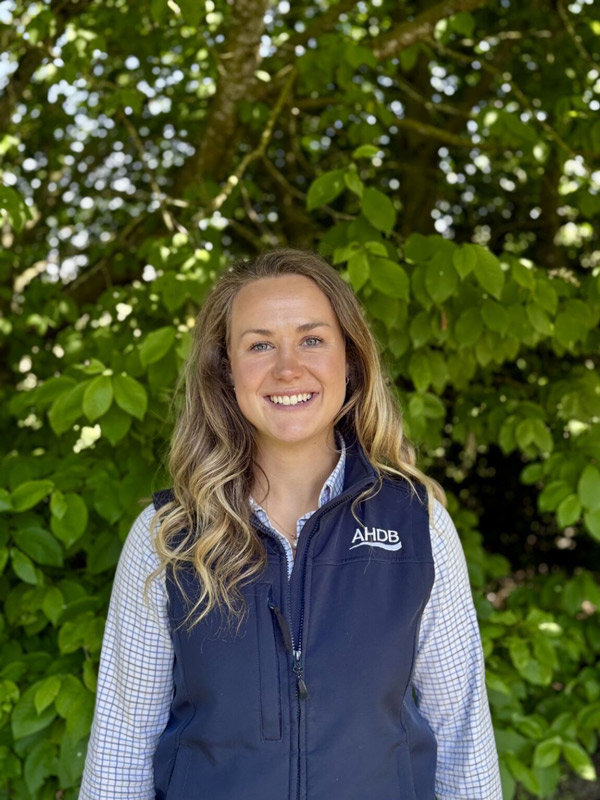Grazing and grass growth – a strategic farm update
Thursday, 18 May 2023
Emily Collins, AHDB Knowledge Exchange Manager for dairy, caught up with farmer Tim Downes to hear more about this year’s grazing, silage and grass growth.
Tim is milking 290 organic spring block calving cows at The Farm, one of AHDB’s Strategic Dairy Farms on the edge of Shrewsbury, Shropshire. He was also the first host of the RABDF Down to Earth Conference last year.
Currently, the cows are, on average, yielding 20 L on twice-day milking, with 4.08% butterfat and 3.58% protein. Cows are allocated 10 kg of grazed grass, and in the parlour, Tim is currently feeding 3 kg concentrate at 16% protein. This will be pulled back slightly after serving.
The cows are starting their fourth round of grazing on some of the platforms, and after a few wet weeks, the growth and average farm cover is where Tim would expect it to be at 40 kg DM/ha and an average farm cover of 1,970 kg DM/ha.
The grazing block is 125 ha, and the cows are on 12 hourly breaks. After selling some youngstock, there has been less pressure on the platform this spring. The grazing through February was good, but with the rain, there has been some slight damage to heavier areas. Tim plans to aerate and stitch in or overseed, but there have been no full spring reseeds.
Some of the wetter paddocks have been allowed to get more cover to protect the ground. As an organic farm, the clover content of the swards is important for nitrogen fixing, and Tim maximises its capabilities. For more information read Managing clover for better returns.
The 200 acres of silage ground are away from the home farm, so a 45-minute round trip with the forage wagon means it’s not a quick job, but Tim is pleased with taking off around 10 t of fresh weight per acre for this first cut.
Tim recently hosted a researcher from the smart dairy group who looked at soil analysis and worm counts relating to the resilience of the farm. The worm activity seen was higher than other farms the researcher had been to and was put down to Tim’s grazing and nutrient management policies.
Tim uses the process of Bokashi composting with farmyard manure and spreads this on his silage ground in February. He then uses a weeder tine harrow to break up any clumps and kick-start the release of nitrogen and growth.
He says it has worked better than ever this year after covering the muck.
Tim will be having his final Strategic Farm meeting on 23 August, where we will cover soil management and carbon plus hear about investment plans following three years on the programme.
For more from Tim, follow his Twitter account @clovermad
How to become a strategic dairy farm
Forage for Knowledge (interactive growth dashboard)



